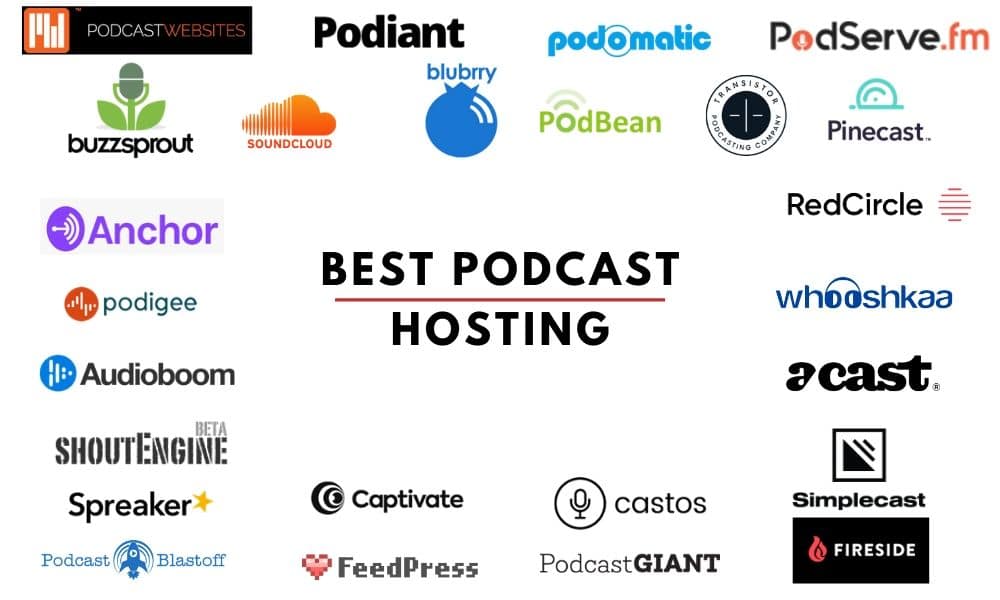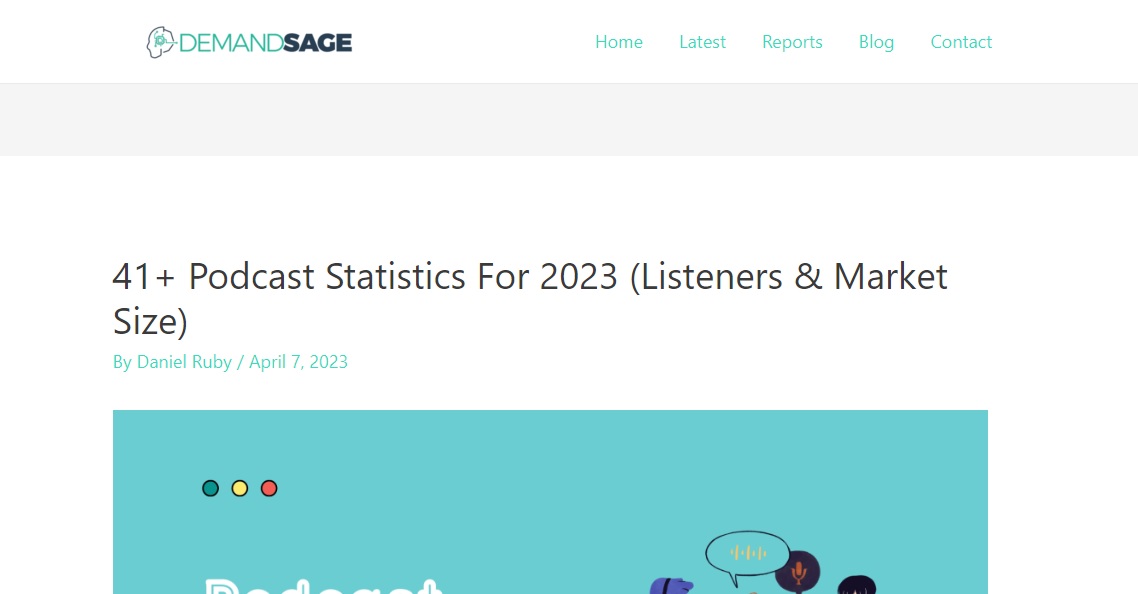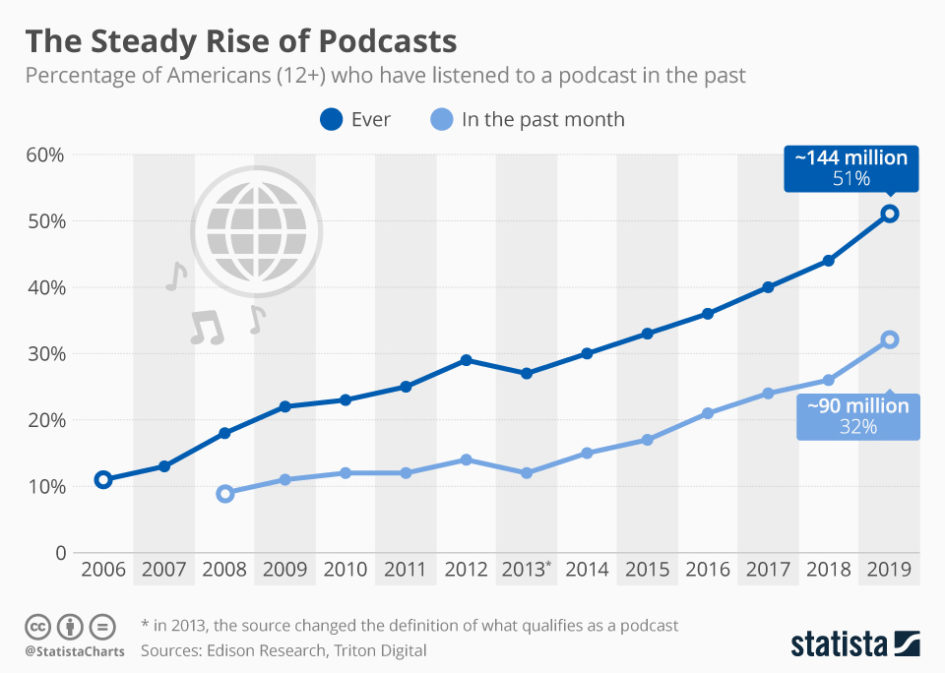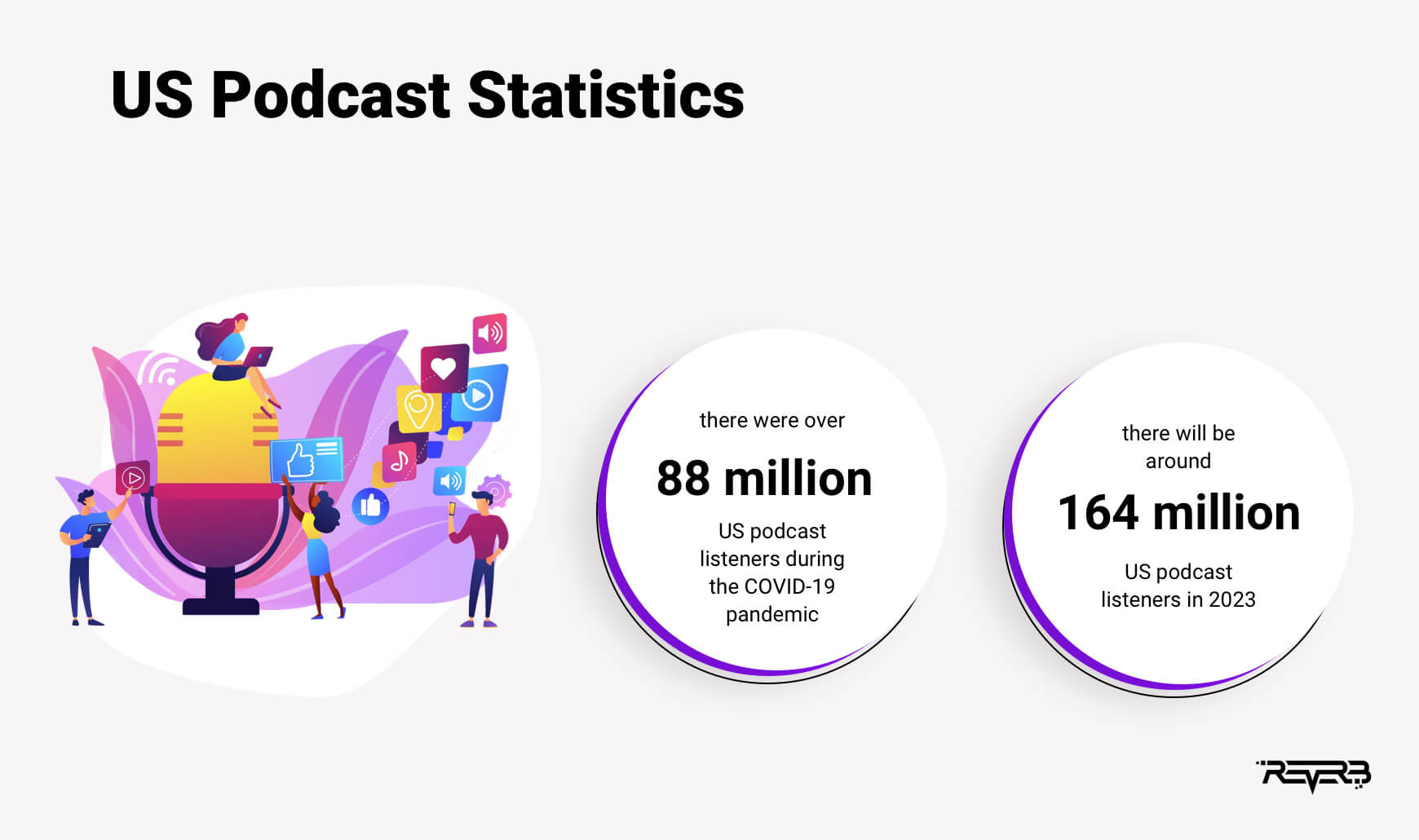Why Podcast Stats Matter for Success
Podcast statistics are a crucial component of a successful podcasting strategy. By tracking key metrics, podcasters can gain a deeper understanding of their audience’s engagement, preferences, and behavior. This data-driven approach enables podcasters to refine their content, adjust their marketing strategies, and ultimately drive growth. In today’s competitive podcasting landscape, having access to accurate and reliable statistics is essential for making informed decisions that can make or break a show.
One of the primary benefits of tracking podcast statistics is the ability to measure audience engagement. By monitoring metrics such as downloads, listeners, and engagement, podcasters can identify what’s working and what’s not. This information can be used to adjust content, tone, and style to better resonate with the target audience. For instance, if a podcaster notices that a particular episode or topic is generating more engagement than others, they can use this data to inform future content decisions.
Another significant advantage of tracking podcast statistics is the ability to measure growth. By monitoring metrics such as subscriber numbers, download rates, and listener demographics, podcasters can identify trends and patterns that can inform their growth strategy. This data can be used to adjust marketing efforts, optimize content for specific audiences, and identify new opportunities for growth.
Furthermore, podcast statistics can provide valuable insights into audience behavior and preferences. By analyzing metrics such as listening time, completion rates, and device usage, podcasters can gain a deeper understanding of how their audience is consuming their content. This information can be used to optimize content, improve the listening experience, and increase engagement.
In order to access these valuable insights, podcasters need to know how to see podcast stats. This involves choosing the right podcast hosting platform, accessing analytics on popular platforms, and using third-party tools to gain a deeper understanding of their audience. By following these steps, podcasters can unlock the power of podcast analytics and take their show to the next level.
Choosing the Right Podcast Hosting Platform for Analytics
When it comes to tracking podcast statistics, choosing the right hosting platform is crucial. A good hosting platform should provide built-in analytics features that make it easy to access and understand your podcast’s performance. In this section, we’ll discuss popular podcast hosting platforms that offer robust analytics features.
Anchor is a popular podcast hosting platform that offers a range of analytics features, including metrics on listeners, downloads, and engagement. Anchor’s analytics dashboard provides a clear and concise overview of your podcast’s performance, making it easy to track your progress and identify areas for improvement.
Buzzsprout is another popular podcast hosting platform that offers advanced analytics features. Buzzsprout’s analytics dashboard provides detailed metrics on listeners, downloads, and engagement, as well as insights into your podcast’s demographics and listening habits. Buzzsprout also offers a range of customizable analytics reports, making it easy to track specific metrics and trends.
Libsyn is a veteran podcast hosting platform that offers a range of analytics features, including metrics on listeners, downloads, and engagement. Libsyn’s analytics dashboard provides a clear and concise overview of your podcast’s performance, making it easy to track your progress and identify areas for improvement. Libsyn also offers a range of customizable analytics reports, making it easy to track specific metrics and trends.
When choosing a podcast hosting platform, it’s essential to consider the analytics features they offer. Look for platforms that provide clear and concise metrics, customizable reports, and insights into your podcast’s demographics and listening habits. By choosing the right hosting platform, you’ll be able to access the data you need to make informed decisions about your podcast and drive growth.
Once you’ve chosen a hosting platform, you’ll need to know how to access your podcast statistics. In the next section, we’ll provide step-by-step instructions on how to access podcast stats on popular platforms like Apple Podcasts, Spotify, and Google Podcasts.
How to Access Podcast Stats on Popular Platforms
Now that you’ve chosen a podcast hosting platform, it’s time to learn how to access your podcast statistics on popular platforms like Apple Podcasts, Spotify, and Google Podcasts. In this section, we’ll provide step-by-step instructions on how to access your podcast stats on each of these platforms.
Apple Podcasts: To access your podcast stats on Apple Podcasts, follow these steps:
- Sign in to your Apple Podcasts account
- Click on the “My Podcasts” tab
- Select the podcast you want to view stats for
- Click on the “Stats” tab
- View your podcast’s stats, including downloads, listeners, and engagement
Spotify: To access your podcast stats on Spotify, follow these steps:
- Sign in to your Spotify account
- Click on the “Podcasts” tab
- Select the podcast you want to view stats for
- Click on the “Stats” tab
- View your podcast’s stats, including downloads, listeners, and engagement
Google Podcasts: To access your podcast stats on Google Podcasts, follow these steps:
- Sign in to your Google Podcasts account
- Click on the “My Podcasts” tab
- Select the podcast you want to view stats for
- Click on the “Stats” tab
- View your podcast’s stats, including downloads, listeners, and engagement
By following these steps, you’ll be able to access your podcast statistics on popular platforms like Apple Podcasts, Spotify, and Google Podcasts. This will give you a better understanding of your podcast’s performance and help you make data-driven decisions to improve your show.
Now that you know how to access your podcast stats, it’s time to learn how to understand the key metrics that matter most. In the next section, we’ll explain the differences between downloads, listeners, and engagement, and how to use these metrics to evaluate your podcast’s performance.
Understanding Key Podcast Metrics: Downloads, Listeners, and Engagement
When it comes to tracking podcast statistics, it’s essential to understand the key metrics that matter most. In this section, we’ll break down the differences between downloads, listeners, and engagement, and explain how to use these metrics to evaluate your podcast’s performance.
Downloads: A download refers to the number of times your podcast episode has been downloaded by a listener. This metric is essential for understanding the popularity of your podcast and identifying trends in listener behavior. However, it’s essential to note that downloads don’t necessarily translate to listeners, as some listeners may download episodes but not listen to them.
Listeners: A listener refers to the number of people who have actually listened to your podcast episode. This metric is more accurate than downloads, as it takes into account the number of people who have engaged with your content. Listeners can be further broken down into unique listeners, which refers to the number of individual people who have listened to your podcast, and total listeners, which refers to the total number of people who have listened to your podcast, including repeat listeners.
Engagement: Engagement refers to the level of interaction between your podcast and your listeners. This can include metrics such as likes, comments, shares, and reviews. Engagement is essential for understanding how your listeners are responding to your content and identifying areas for improvement.
By understanding these key metrics, you can gain a deeper understanding of your podcast’s performance and make data-driven decisions to improve your show. For example, if you notice that your downloads are high but your listeners are low, you may need to adjust your content or marketing strategy to better engage your audience.
Now that you understand the key metrics that matter most, it’s time to learn how to use third-party tools to take your podcast analytics to the next level. In the next section, we’ll introduce third-party tools like Chartable, Podtrac, and Castos, and explain their features and benefits for advanced podcast analytics and tracking.
Using Third-Party Tools for Advanced Podcast Analytics
While podcast hosting platforms and popular platforms like Apple Podcasts, Spotify, and Google Podcasts provide valuable insights into your podcast’s performance, third-party tools can take your analytics to the next level. In this section, we’ll introduce third-party tools like Chartable, Podtrac, and Castos, and explain their features and benefits for advanced podcast analytics and tracking.
Chartable: Chartable is a popular third-party tool that provides advanced podcast analytics and tracking. With Chartable, you can track your podcast’s performance across multiple platforms, including Apple Podcasts, Spotify, and Google Podcasts. Chartable also provides detailed metrics on downloads, listeners, and engagement, as well as insights into your podcast’s demographics and listening habits.
Podtrac: Podtrac is another popular third-party tool that provides advanced podcast analytics and tracking. With Podtrac, you can track your podcast’s performance across multiple platforms, including Apple Podcasts, Spotify, and Google Podcasts. Podtrac also provides detailed metrics on downloads, listeners, and engagement, as well as insights into your podcast’s demographics and listening habits.
Castos: Castos is a third-party tool that provides advanced podcast analytics and tracking, as well as hosting and distribution services. With Castos, you can track your podcast’s performance across multiple platforms, including Apple Podcasts, Spotify, and Google Podcasts. Castos also provides detailed metrics on downloads, listeners, and engagement, as well as insights into your podcast’s demographics and listening habits.
By using third-party tools like Chartable, Podtrac, and Castos, you can gain a deeper understanding of your podcast’s performance and make data-driven decisions to improve your show. These tools can help you identify trends and patterns in your podcast’s performance, and provide valuable insights into your audience’s behavior and preferences.
Now that you know how to use third-party tools for advanced podcast analytics, it’s time to learn how to use podcast statistics to improve your show’s content and growth. In the next section, we’ll offer tips on how to refine your content, adjust your marketing strategies, and increase audience engagement and growth.
How to Use Podcast Stats to Improve Your Show’s Content and Growth
Now that you have a solid understanding of podcast analytics and how to track your show’s performance, it’s time to learn how to use this data to improve your content and growth. In this section, we’ll offer tips on how to refine your content, adjust your marketing strategies, and increase audience engagement and growth.
Refine Your Content: By analyzing your podcast statistics, you can identify what’s working and what’s not. Use this data to refine your content and make adjustments to your format, tone, and style. For example, if you notice that your listeners are engaging more with certain types of episodes, you can create more content around those topics.
Adjust Your Marketing Strategies: Podcast statistics can also help you adjust your marketing strategies to reach a wider audience. By analyzing your data, you can identify which platforms and channels are driving the most engagement and adjust your marketing efforts accordingly. For example, if you notice that your podcast is getting more engagement on Twitter than on Facebook, you can focus more of your marketing efforts on Twitter.
Increase Audience Engagement and Growth: Finally, podcast statistics can help you increase audience engagement and growth by identifying areas for improvement. By analyzing your data, you can identify trends and patterns in your audience’s behavior and adjust your content and marketing strategies accordingly. For example, if you notice that your listeners are dropping off at a certain point in your episodes, you can adjust your content to keep them engaged.
By using podcast statistics to inform your decision-making, you can create a more engaging and effective podcast that resonates with your audience. Remember, the key to success is to continually monitor and adjust your strategies based on your data.
Now that you know how to use podcast statistics to improve your show’s content and growth, it’s time to learn about common mistakes to avoid when tracking podcast stats. In the next section, we’ll discuss common mistakes podcasters make when tracking statistics, such as misinterpreting data or neglecting to adjust for changes in the podcast’s schedule or format.
Common Mistakes to Avoid When Tracking Podcast Stats
When tracking podcast statistics, it’s easy to make mistakes that can lead to misinterpretation of data or neglect of important trends. In this section, we’ll discuss common mistakes podcasters make when tracking statistics, and provide tips on how to avoid them.
Misinterpreting Data: One of the most common mistakes podcasters make is misinterpreting data. This can happen when you’re not sure what the data is telling you, or when you’re not considering the context of the data. For example, if you see a spike in downloads, you might assume that your podcast is suddenly more popular. However, if you dig deeper, you might find that the spike is due to a one-time event or a change in your podcast’s schedule.
Neglecting to Adjust for Changes: Another common mistake podcasters make is neglecting to adjust for changes in their podcast’s schedule or format. For example, if you change your podcast’s format from weekly to biweekly, you’ll need to adjust your analytics to reflect this change. If you don’t, you might see a drop in downloads or engagement that’s not actually a problem.
Not Considering the Bigger Picture: Finally, podcasters often make the mistake of not considering the bigger picture when tracking statistics. For example, if you’re only looking at your podcast’s downloads, you might not be considering the impact of your podcast on your overall business or brand. By taking a step back and looking at the bigger picture, you can get a more complete understanding of your podcast’s performance and make more informed decisions.
By avoiding these common mistakes, you can get a more accurate understanding of your podcast’s performance and make data-driven decisions to improve your show. Remember, the key to success is to continually monitor and adjust your strategies based on your data.
Now that you know how to avoid common mistakes when tracking podcast stats, it’s time to learn about maximizing your podcast’s potential with data-driven decision making. In the next section, we’ll emphasize the importance of using podcast statistics to inform decision-making and drive growth, and provide examples of successful podcasters who have leveraged data to improve their shows.
Maximizing Your Podcast’s Potential with Data-Driven Decision Making
By now, you’ve learned the importance of tracking podcast statistics and how to access and analyze your data. But what’s the ultimate goal of all this effort? The answer is to make data-driven decisions that drive growth and maximize your podcast’s potential.
Successful podcasters know that data is key to making informed decisions about their show. By analyzing their podcast statistics, they can identify trends and patterns that inform their content, marketing, and growth strategies. For example, if a podcaster notices that their listeners are engaging more with certain types of episodes, they can create more content around those topics.
One example of a successful podcaster who has leveraged data to improve their show is Sarah Koenig, host of the popular podcast “Serial.” Koenig has spoken publicly about the importance of data in informing her content and marketing decisions. By analyzing her podcast statistics, she can identify what’s working and what’s not, and make adjustments to her show accordingly.
Another example is the podcast “How I Built This,” hosted by Guy Raz. Raz has used data to inform his content and marketing decisions, and has seen significant growth as a result. By analyzing his podcast statistics, he can identify what types of episodes are resonating with his audience, and create more content around those topics.
By following the examples of these successful podcasters, you can maximize your podcast’s potential with data-driven decision making. Remember, the key to success is to continually monitor and adjust your strategies based on your data.
By using podcast statistics to inform your decision-making, you can create a more engaging and effective podcast that resonates with your audience. Whether you’re just starting out or are a seasoned podcaster, data-driven decision making is the key to unlocking your podcast’s full potential.








